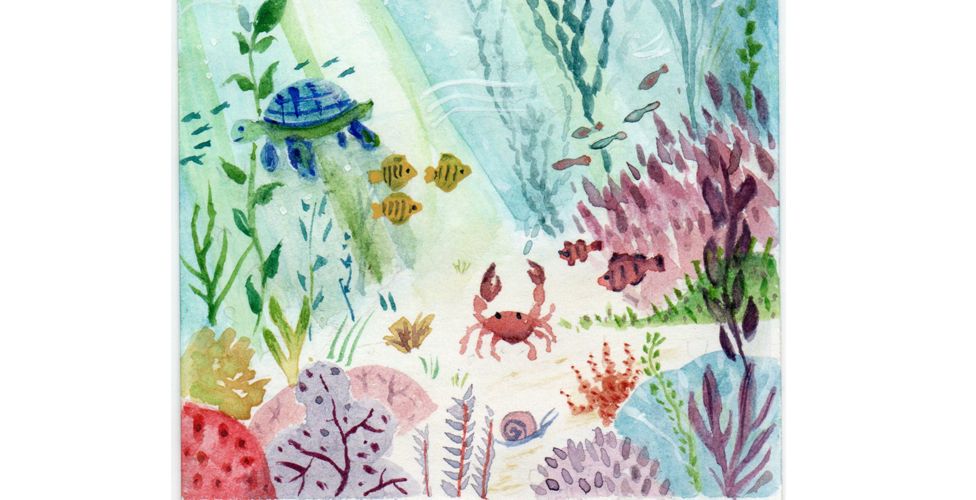
My digital sea garden

In 2023, I had the fortune of crossing paths with Maggie Appleton, and among other things we talked about digital gardens. Though I had not stumbled upon this concept before, I found it profoundly resonant. Thank you, Maggie!
So, what exactly is a digital garden? To fully apprehend the concept, it’s crucial to explain why traditional blogging never really captivated me:
- The format of blogs expects a polished, fully formed idea that has been meticulously edited and revised before it’s published. What if, however, I have a rough idea that’s still crystallizing in my mind that I wish to document for future reference? Almost like a personal notebook?
- Or suppose I wish to revisit and rewrite a blog post published three years ago due to my enhanced understanding. How do I articulate to my audience the growth stage of each idea: raw and undefined versus mature and evolved?
- Blog posts have timestamps, showing when the article was published. As I read my older articles, I often find them to be subpar, almost shitty. I would love the chance to rewrite them, because the person I was when I authored them differs from who I am now, just like my evolved ideas. However, that timestamp discourages such renewal. It’s as if these posts were consciously engineered to rekindle memories of my past self like some ghosts hiding in the closet.
- Blogs, in my view, are somewhat sterile. The term “blog” evokes a particular expectation. There’s little room to deviate from this standardized definition, because then it wouldn’t be a blog.
Given these reservations, I’ve almost sopped blogging in the past year or so. That was until the notion of digital gardens sparked my interest. The outcome? I transformed my blog into a digital garden, or to be more specific – a digital sea garden. Why “sea garden”? I wanted to infuse a personal touch, riffing on the meaning of my first name, which translates to “sea water”.
The difference with a blog is that now I can publish essays in very different stages of “growth”. I’m not waiting for the perfect idea to form - I also publish ideas that are somewhat rough. To denote the different stages of growth, I am using these three visual icons under each essay.



Moreover, the dates you see on the essays now reflect the most recent date of revision or when I last tended them, rather than when they were initially published. So on the top, are the most updated and nourished articles.
I’m also trying to interlink a lot of other articles in my essays - both personal and from other people I find interesting, so don’t be surprised to find a lot of links in my essays.
And for those interested in the technology I’m using for this site - I use Jekyll to generate static files. The templates are simple liquid HTML files, and all essays are written in markdown. I host all that on Github pages.